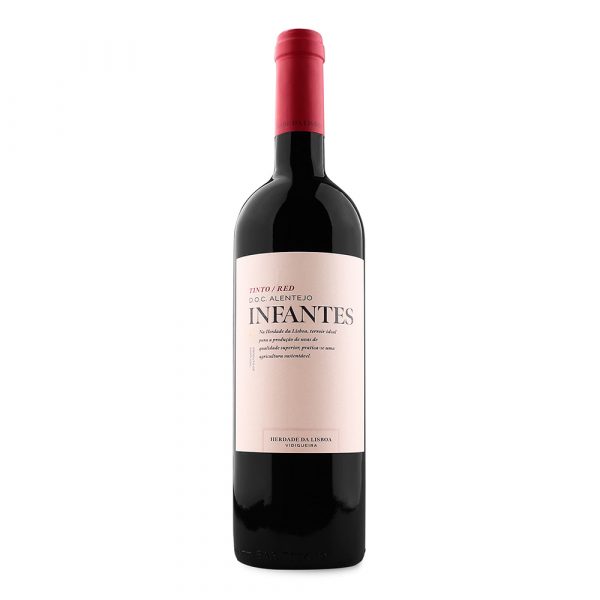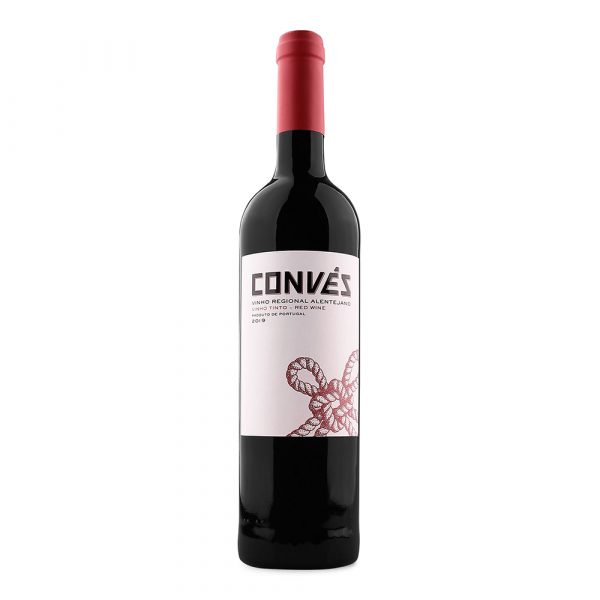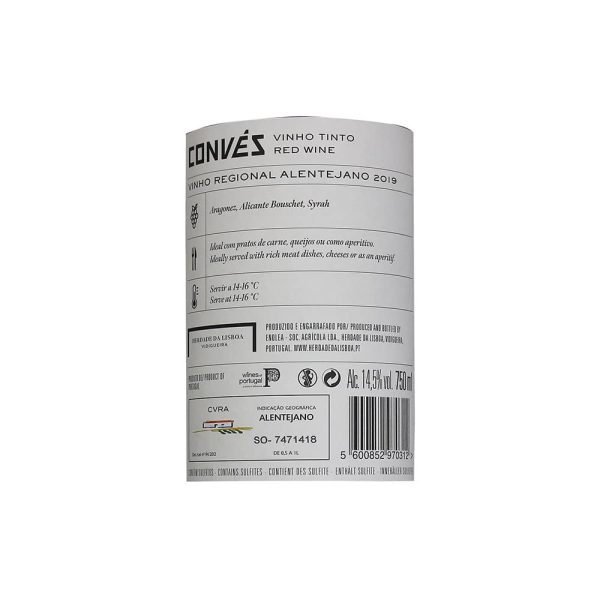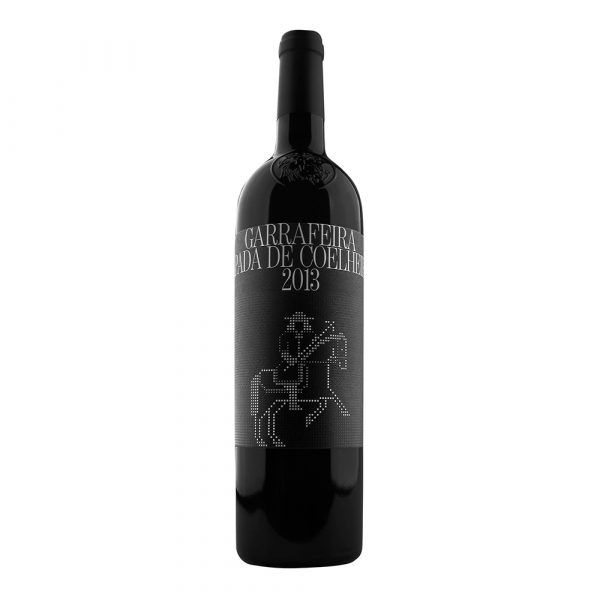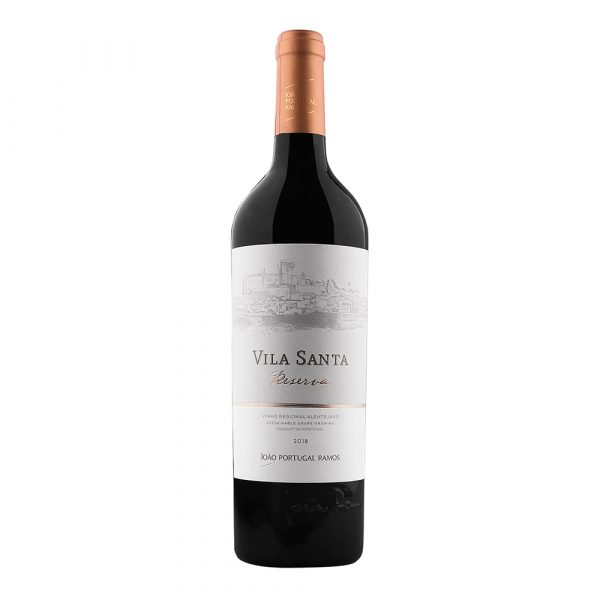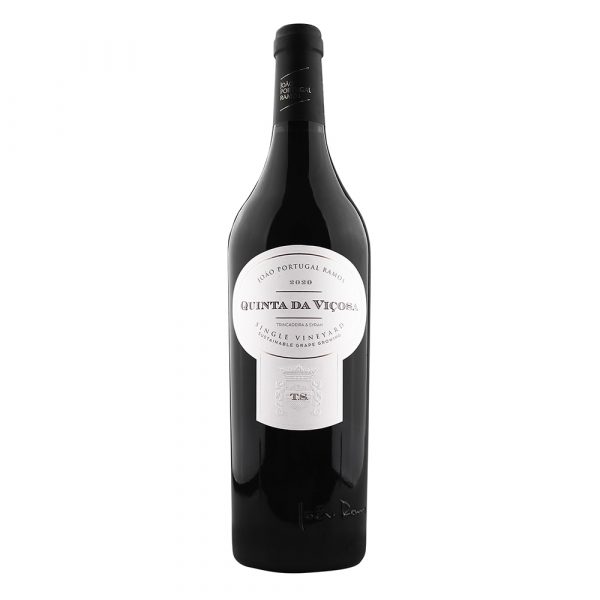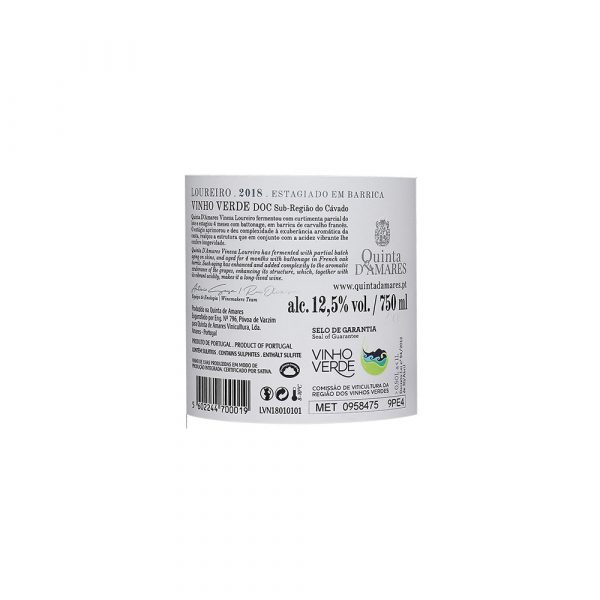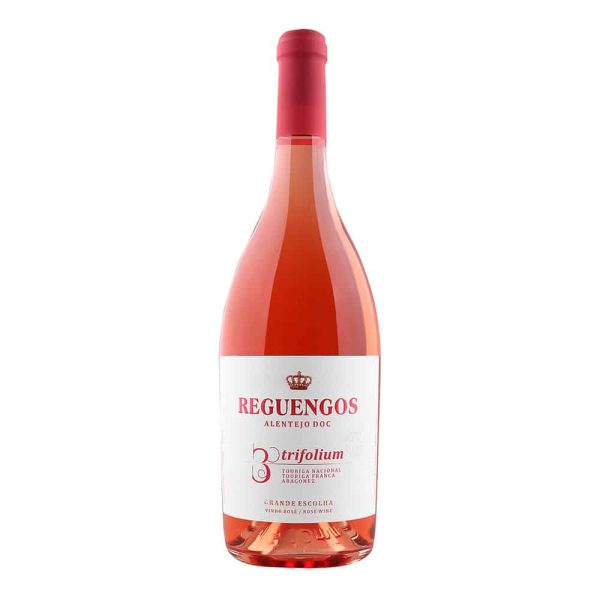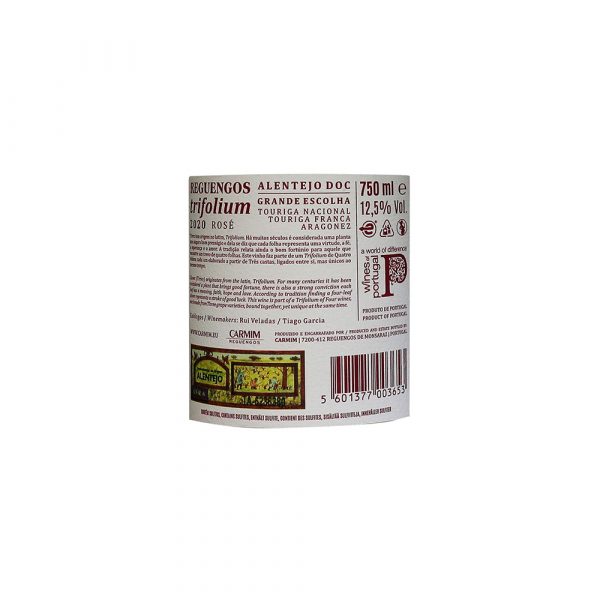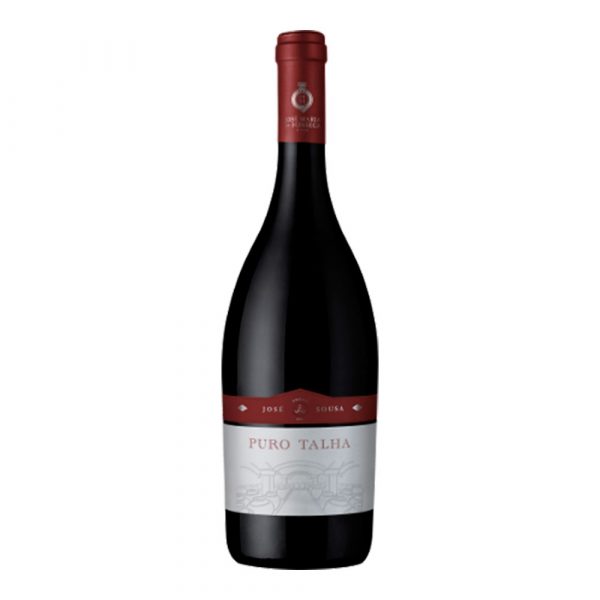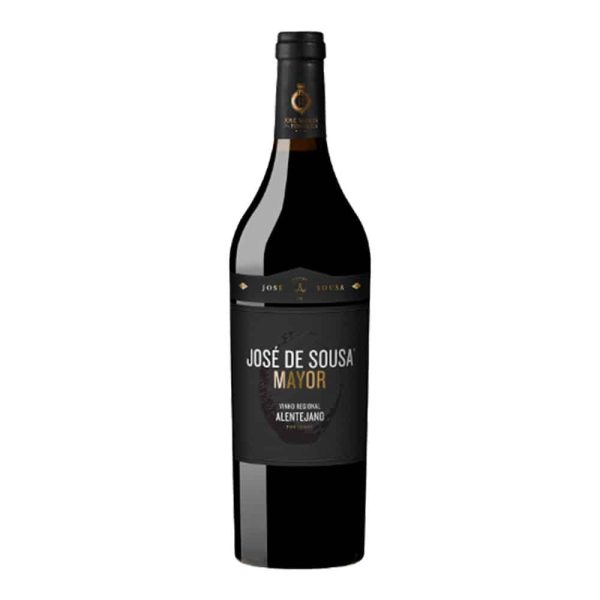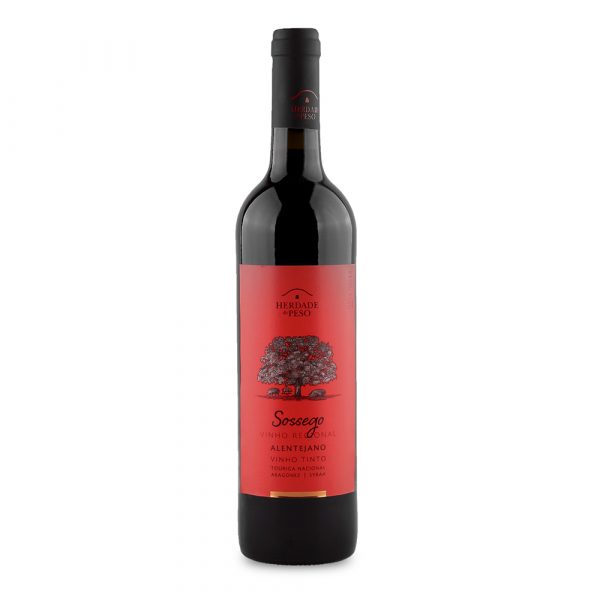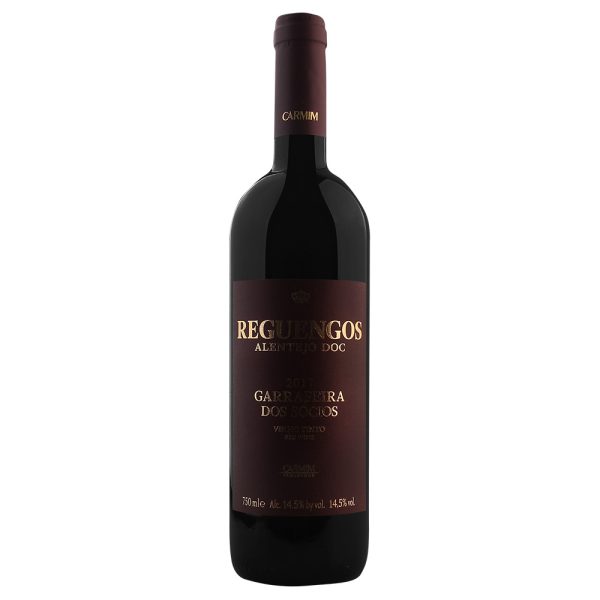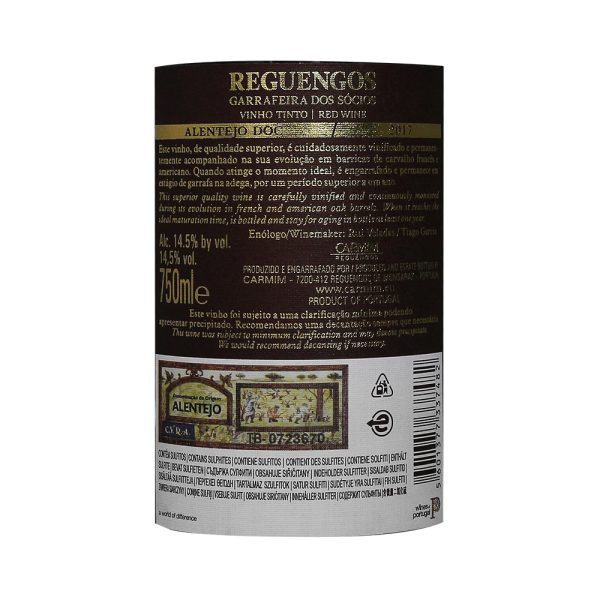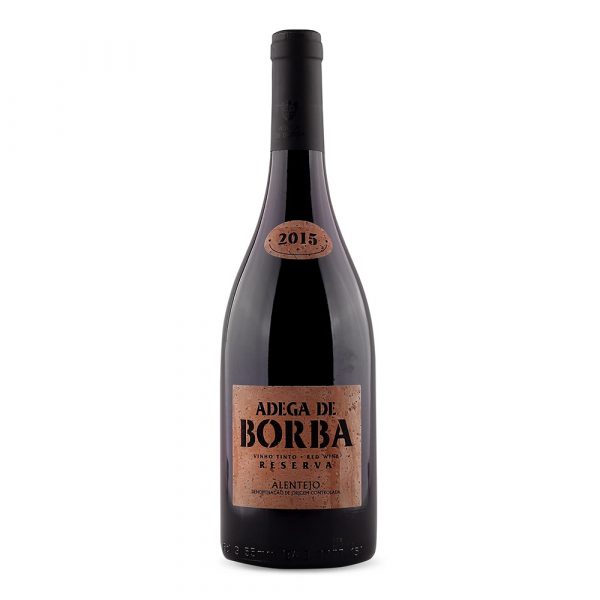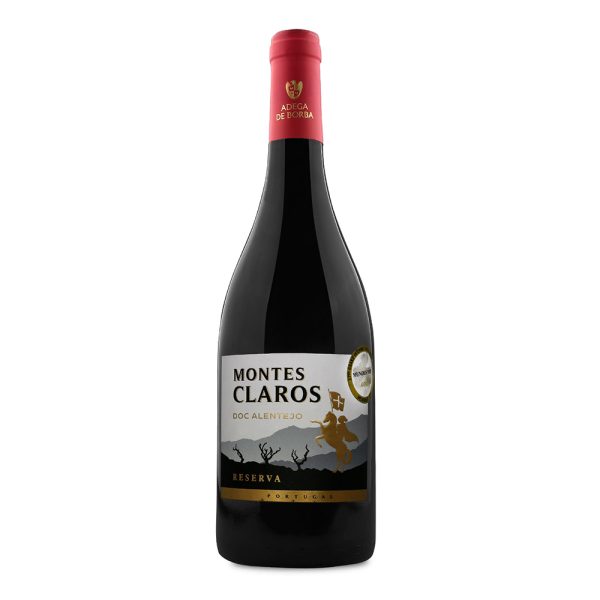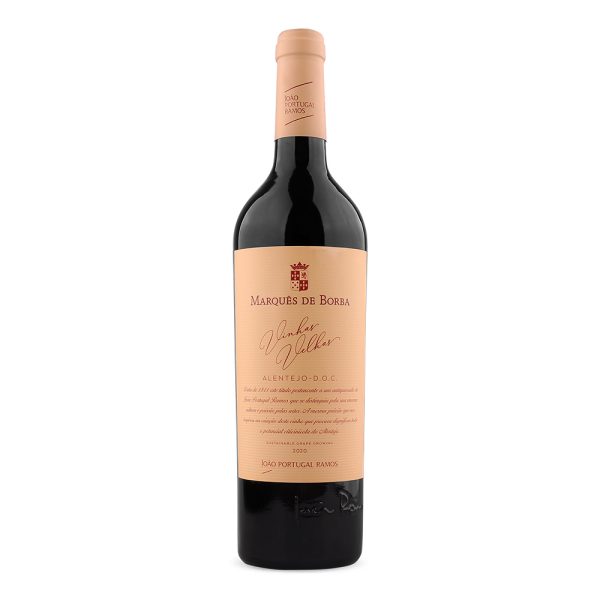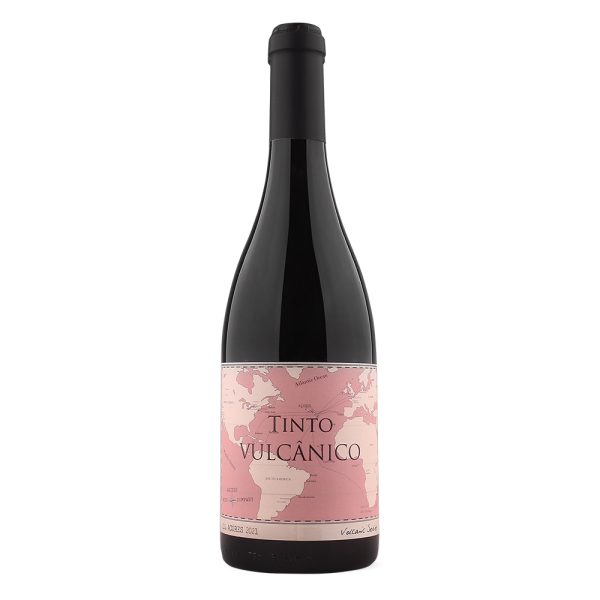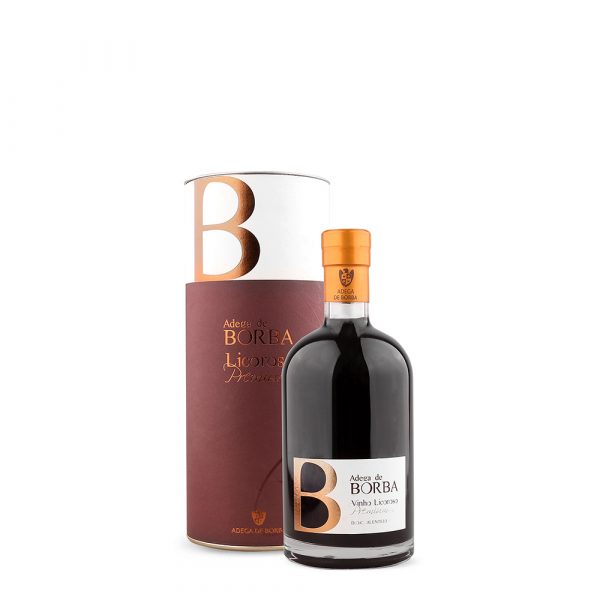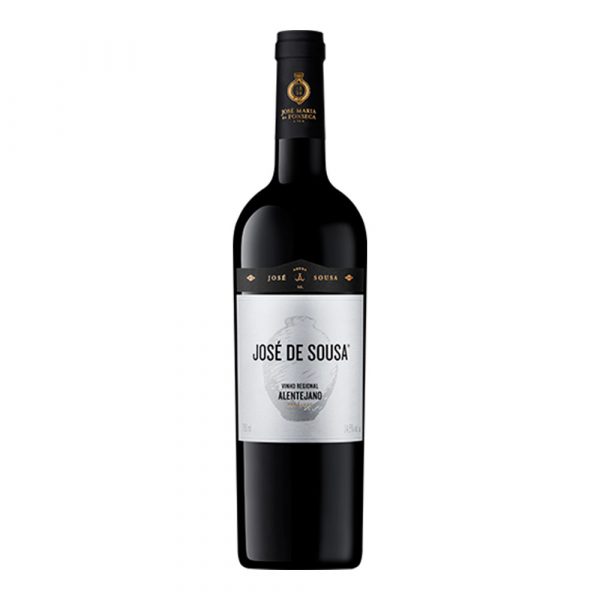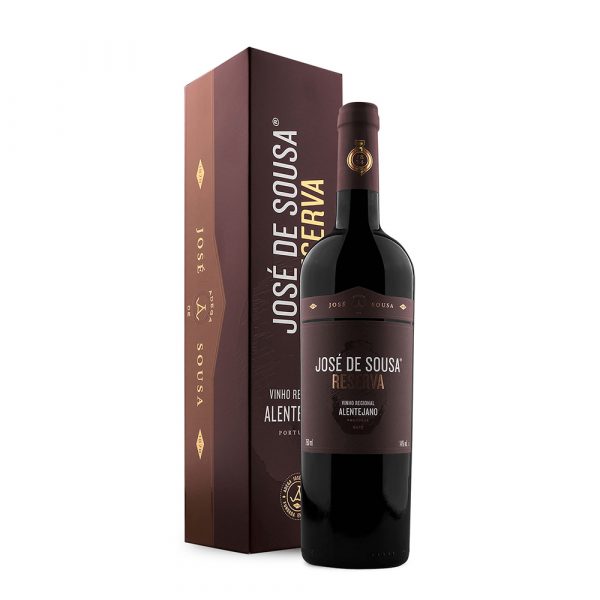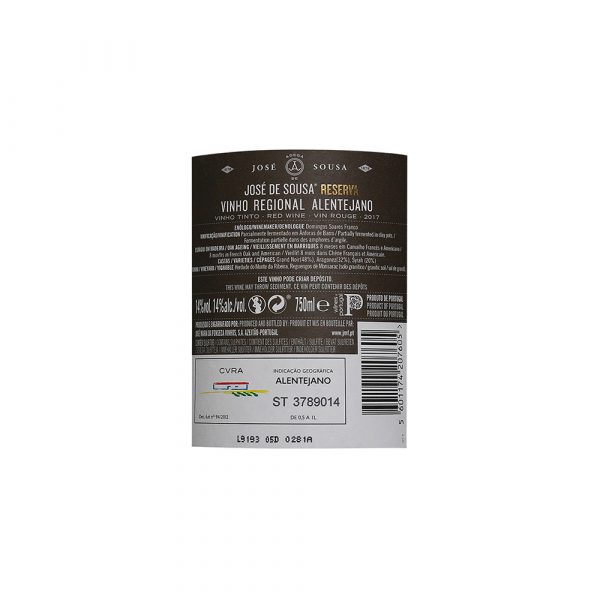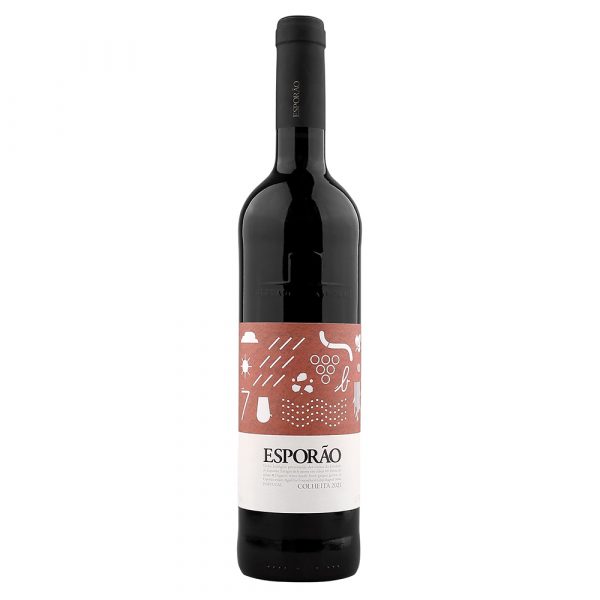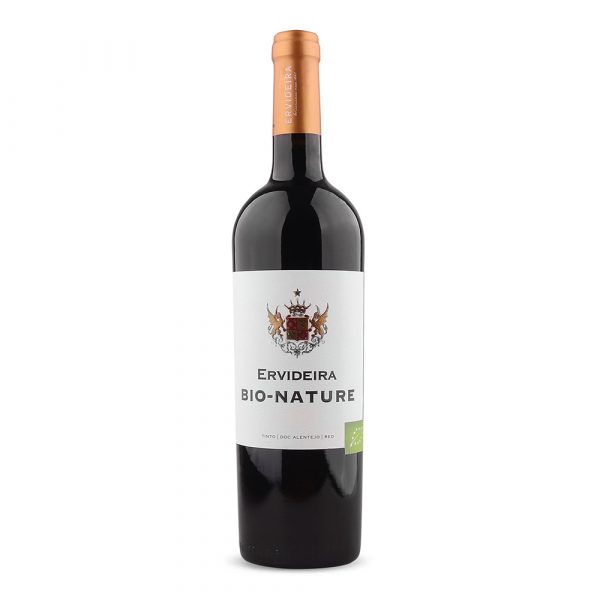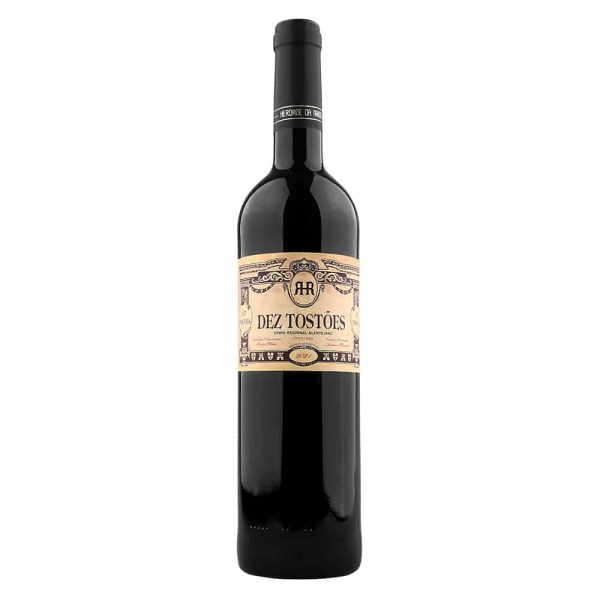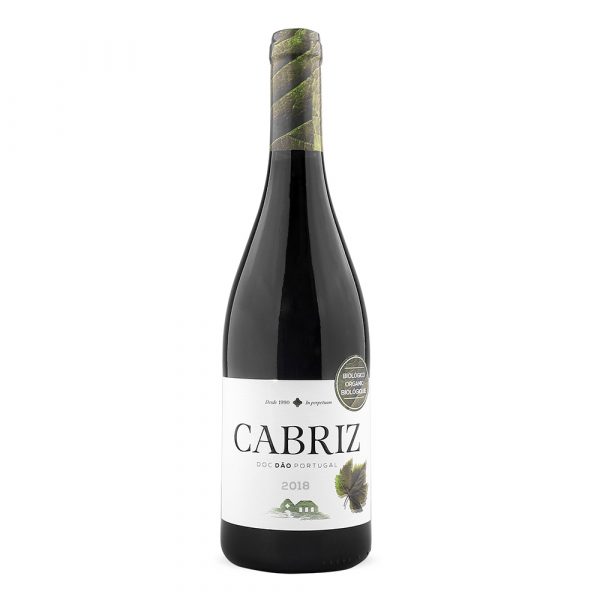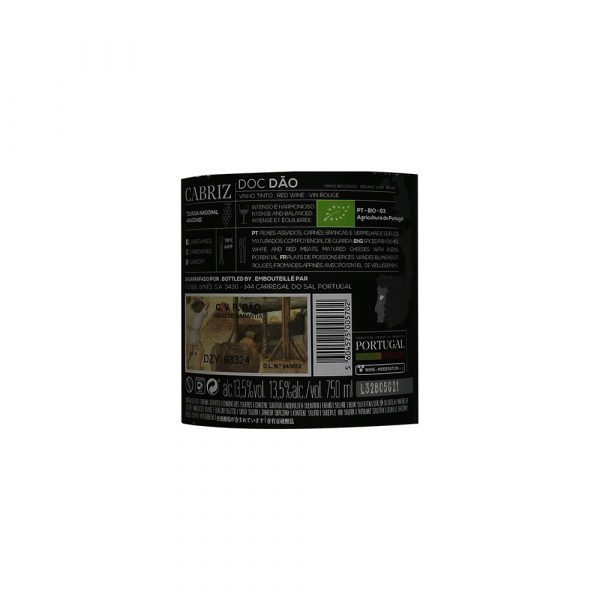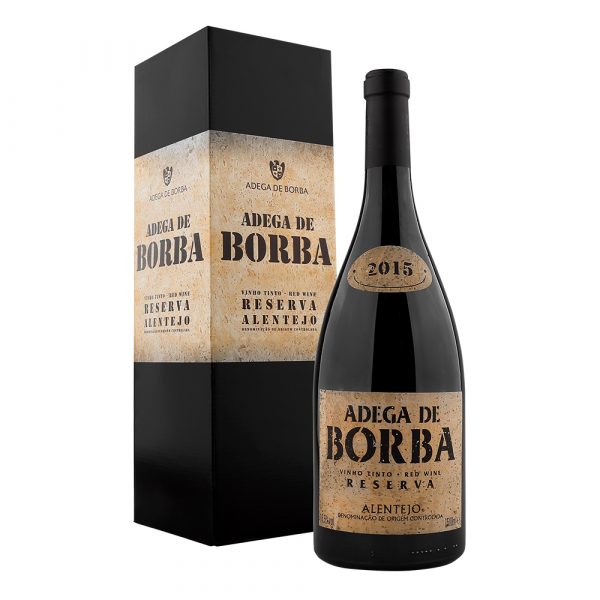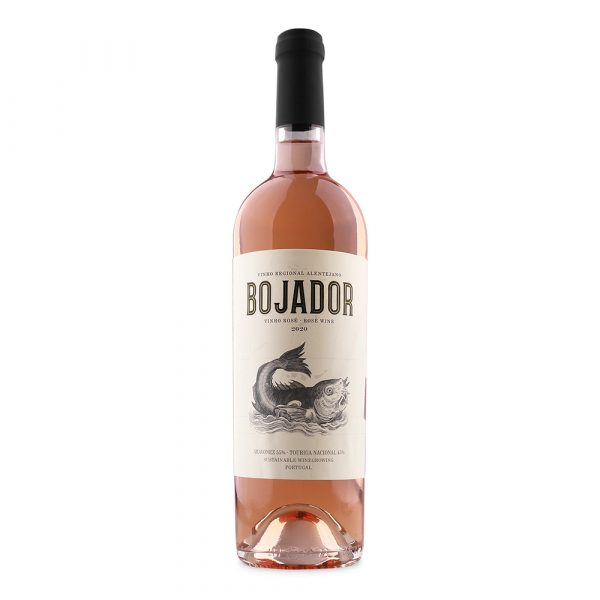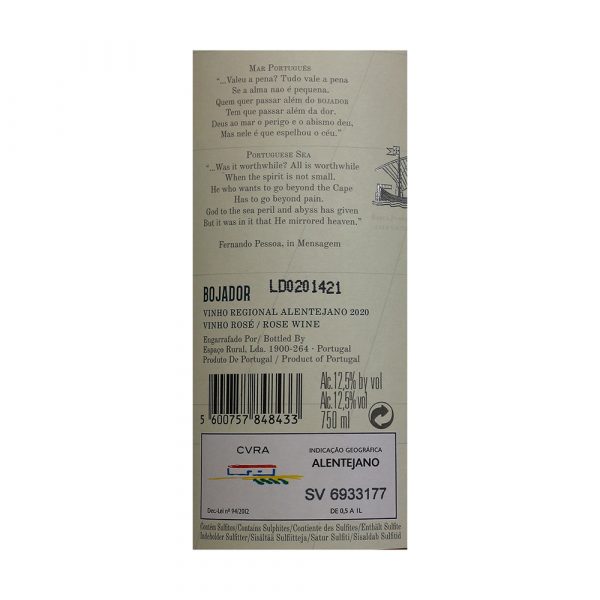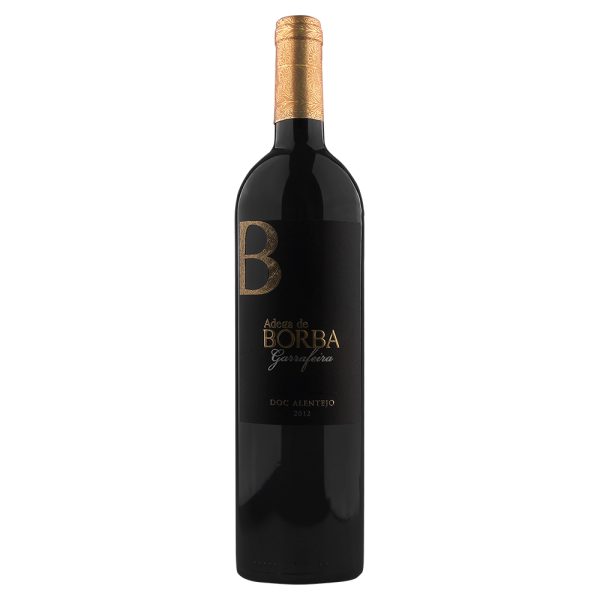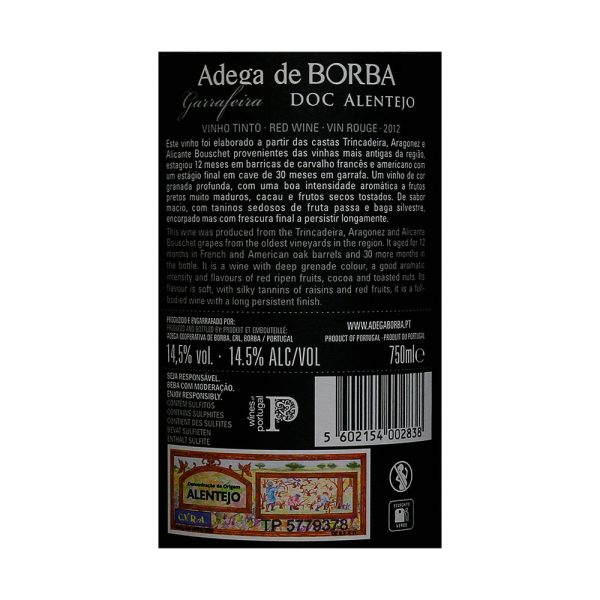Infantes Red
Mechanical harvest at night. De-stem and light crushing, followed by thermal shock to 16ºC through a mass exchanger. Cold pre-fermentation maceration for 48h. Fermentation in conical stainless steel vats at controlled temperature. Finished with a partial stage of the blend in used 300L and 500L French oak barrels for nine months. Intense and concentrated ruby color. Aroma dominated by fresh wild fruit, perfectly integrated with the toasted and spicy notes from aging in barrels. In the mouth it has body and volume, a lot of enveloping fruit and a persistent finish. Contains sulfites.
Convés Red
Mechanical harvest at night. De-stem and light crushing, followed by thermal shock to 16ºC through a mass exchanger. Cold pre-fermentation maceration for 48h. Fermentation in stainless steel vats at controlled temperature. Concentrated ruby color, intense aroma of red and forest fruits in a smooth and harmonious set. Round and balanced mouth proof. Contains sulfites.
Tapada de Coelheiros Garrafeira Red
The grapes were harvested manually and transported to the cellar where they were destemmed. Alcoholic fermentation took place in a stainless steel mill at a temperature of 26–27°C. After finishing, we kept the wine in post-fermentation maceration for 5 days. The malolactic fermentation occurred naturally in a stainless steel tank and then it was transferred to barrels where it remained for 18 months. The lottery followed. Aging for 18 months in barrels and 5 years in bottle. Intense color. Aroma shows great depth and complexity, with lots of pepper and nutmeg, macerated berries and moss. In the mouth, vigorous tannins stand out, but tamed by time and solid structure. Rich and exquisite, with a lot of freshness in the endless finish. Contains sulfites.
Vila Santa Reserva Red
Manual Vindima in boxes of 15 Kg. The grapes are disengaged and fermented in marble lagares with a traditional tread. Transfer to stainless steel vat following a long post-fermentation maceration. Stayed for 9 months in American and French carvalho pipes. Cor intense pomegranate. Aroma that suggests black, very ripe fruits married with spices from the barrel. Elegant and full-bodied, with soft tannins that are still present. Um vinho carnudo, powerful and cheio. Contains sulfites.
Quinta da Viçosa Red
The grapes are destemmed and carefully selected manually on the table of choice. After crushing, they are trodden in marble presses with the traditional treading on foot. Fermentation ends in stainless steel vats at controlled temperature. Aging 12 months in new French oak half barrels. Deep violet and dense color. Intense and deep aroma, dominated by spices and very ripe black fruits, where notes of dark chocolate are also present. In the mouth, voluminous, with a well-involved acidity, which together with its retronasal aroma, gives it great elegance and persistence. Contains sulfites.
Reguengos Trifolium Grande Escolha Rose
After the selection of the grapes in the vineyards of our associates, the harvest takes place. In the cellar they are unloaded and immediately destemmed and crushed, followed by a light skin maceration in order to extract all the aromatic compounds from the film. Subsequently, the grapes are pressed with oxidation protections from which the tear must is extracted which, after static clarification, starts the fermentation in stainless steel tanks at low temperatures (15/16º) and is then transferred to French oak barrels where the fermentation ends and remains internship for another 6 months. Wine with a crystalline appearance, defined salmon color, fruity aroma with notes of wild red fruits wrapped in floral notes. Intense, fresh and some complexity with a pleasant and persistent aftertaste. Contains sulfites
José de Sousa Puro Talha Red
In the cellar José de Sousa still some ancestor techniques of vinification are used, being the most emblematic the use of the carving in the fermentation of the grapes. The essence of small-scale winemaking has changed in over two thousand years. In this process, the grapes previously crushed on foot are stoned by hand on a ripening table. The fermentation takes place with 30% of the stalks, in hoists with an average capacity of 1,600 liters at a temperature that is around 28ºC, being controlled by watering the hoists 4 times a day. The fermentation takes approximately 8 days, leaving the wine in maceration after fermentation until November. After the pressing of the masses, part is staged in hoists for a period of around 16 months in which an olive oil film is used to prevent oxidation. The other part was stamped on 500-liter brown casks. At the same time, the rest of the stall was fermented in a "task" (small carving with capacity of 300 liters) with a little must. This product is called ripening wine because it is the result of this ancestral technique of manual destemming. This wine is used in the final lot as "salt and pepper". Color reddish brown, aroma of nuts, spices (black pepper, cloves), clay, liqueur, evolved but not oxidized. Taste robust, dry, good acidity, very balanced, tannins present but soft. Long and persistent end of test. Contains Sulfites.
José de Sousa Mayor Red
In the cellar José de Sousa, some ancestral techniques of vinification are still not used, the most emblematic being the use of the carving in the fermentation of the grapes. The essentials of small-scale winemaking have changed in recent centuries. In this process, the grapes previously stamped on foot are stripped by hand on a table called a "ripening table". Then, part of the must, the films and 30% of the stench are fermented in the clay hoards. The rest is fermented in mills. The use of cutlery confers spices and a third dimension to wine. After fermentation, the wine has a skin maceration of 4 weeks, followed by 9 months of aging in new French oak wood. It has a red color with brownish highlights. Aroma to dates, green tea, dried figs, a little peppermint, well integrated oak wood. Fruity palate, soft, elegant, soft tannins. Long test field.
Contains Sulfites.
Herdade do Peso Sossego Red
Reguengos Garrafeira dos Sócios Red
The grapes, coming from the manual harvest of our associates, are immediately stalked and crushed. With the addition of selected yeasts, the fermentation begins at controlled temperature (25ºC). During this period the maceration or tanning is done by the process of timed reassembly, in order to have a greater extraction of color and tannins. The tanning lasts about 15 days. Contains Sulfites.
Adega de Borba Reserva 3x Red
With grapes from the most typical Alentejo grape varieties produced in the sub-region of Borba, the label Cortiça wine was produced, a true ex-libris from the Adega de Borba. Coming from old vines, the grapes had a strict control in the evolution of the maturation, having been harvested in small quantities. In the Cellar, after the destemming and soft crushing of the grape, the alcoholic fermentation began, which lasted for about 10-15 days with the temperature controlled at 24ºC, for greater extraction of the aromas and fruity flavors of the grape. In order to increase the polyphenolic complexity, the tannins and the structure of the wine, it remained in the vat in a post-fermentative maceration process. The malolactic fermentation occurred later in stainless steel containers. To enhance and elevate its organoleptic characteristics, the wine aged 12 months in 3rd and 4th year barrels, French oak and exotic wood barrels. followed by a six-month bottling stage in the basement. Aroma fine and elegant, suggesting black fruits, compote and white chocolate. Contains Sulfites.
Montes Claros Reserva Red
The grapes, from previously selected vines and in general from vines over 30 years old, follow a strict control of maturation to determine the optimum height of manual harvesting. At the cellar, the grapes arrived in optimum conditions and the partial destemming and crushing of the grapes began, followed by fermentation and a prolonged maceration of 10 to 12 days, to extract the best aromas and all the complexity of the fruit. This was followed by malolactic fermentation, partly in stainless steel tanks and partly in wooden barrels. For greater complexity, structure and richness, the final blend selected aged 12 months in 2nd and 3rd year barrels of French and American oak, and 6 months in the bottle for final refinement. Clear appearance, deep garnet color. Rich and full aroma, showing aromas of jam, jam and cocoa. Soft, full-bodied and complex flavor, highlighted by notes of very ripe black fruits and robust, persistent tannins, which guarantee longevity. Contains sulfites.
Marquês de Borba Vinhas Velhas Red
The grapes are de-grained and carefully selected manually at the table of choice. After crushing, they are trodden in marble mills for 4 to 5 days, and then transferred to stainless steel tanks where the alcoholic fermentation is finished. It aged for 12 months in American and French oak barrels. Intense garnet color, nose large concentration of black fruits, eucalyptus leaf and some notes of spices from the stage in barrel. Large volume in the mouth with velvety tannins. Contains Sulfites.
Maçanita Vulcânico Red
Selective manual vintage in 40 kg baskets, selection on a selection table, entry into the vat by gravity without using pumps. Open ruby color, nose with notes of alcoholic cherry, iodine and clove notes. In the mouth it is fresh, medium texture with a lot of salinity and fine tannins. It is a Volcanic Red. Contains sulfites.
Adega de Borba Vinho Licoroso Premium Red
José de Sousa Red
In the cellar José de Sousa still some ancestor techniques of vinification are used, being the most emblematic the use of the carving in the fermentation of the grapes. The essentials of small-scale winemaking have changed in recent centuries. In this wine, a small part is made according to this Roman process, the red grapes previously trodden on foot and destemmed by hand on a table called "table of ripanço". Afterwards, a small part of the must, the films and the stench are fermented in the clay pots, and another in the wine press. The remainder of the brand is fermented in stainless steel vats. The use of cutlery confers spices and a third dimension to wine. After fermentation, the wine has a skin maceration of 4 weeks, followed by 9 months in French and American oak casks. Red color loaded with scented dates, hay, plums, toasted bread, a little clove, oak wood, vanilla, chocolate. Palate with good fruit, good acidity, tannins present but soft. Long end of test. Contains Sulfites.
José de Sousa Reserva Red
Esporão Colheita Red
Co-fermentation of the different varieties in concrete vats, at controlled temperatures (22-25ºC), followed by malolactic fermentation. In concrete vats, for 6 months, where the micro-oxygenation conditions, unique to this type of deposit, respect and enhance the wine's character, followed by aging in the bottle for a minimum of 4 months. Clear appearance, ruby color. Blue fruit notes, spice and mineral nuances. Fresh, balanced and direct palate, with a silky texture where the purity of red fruit predominates, with an intense and vibrant finish. Contains sulfites.
Ervideira Bio-Nature Red
This organic wine is a true tribute to Nature. With a minimal human intervention we intend to express in a wine all the Alentejo ... the colors, the flavors, the aromas, the emotions, the rich landscape, historical, social ... with the greatest respect for the ecosystem. From the varieties Tincadeira, Aragonez and Cabernet Sauvignon an authentic and rich lot was produced. Aromatically fine, exuberant, seductive ... where they stand out blackberries, currants, plums that prove to be very mature, very greasy. in the mouth has volume, structure, intensity, long ends with a good persistence.
Dez Tostões Red
At 13 o'clock on January 19, 1919, the blue and white flag was unfurled, in a revolutionary act of reinstatement of the monarchy, previously abolished in 1910. Created for its restoration, the Tostões currency would make succession to the Kings. The duration of this regime was only 2 months once the revolution failed and the republic was reimplanted on February 23, 1919. A magnificent blend of the vineyards Alicante Bouschet, Aragonês, Touriga Nacional and Syrah. It is a balanced, full-bodied and persistent wine with a strong expressive character.
Contains Sulfites.
Cabriz Biológico Red
Organic wine elaborated with the Touriga Nacional and Aragonês varieties. Garnet color with slight violet tones. Fruity aroma, predominant in fresh red fruits. Total desengace, soft skin maceration, alcoholic fermentation at 26ºC. 2 months of maceration after fermentation and 6 months of batonnage in fine lees. Stage 18 months in stainless and 3 months in bottle. It is ideal to accompany delicate cheeses based on fish, white and red meats of moderate confection of Mediterranean, Chinese, Indian and African cuisine. Contains Sulfites.
Adega de Borba Reserva Magnum Red
With grapes from the most typical Alentejo grape varieties produced in the sub-region of Borba, the label Cortiça wine was produced, a true ex-libris from the Adega de Borba. Coming from old vines, the grapes had a strict control in the evolution of the maturation, having been harvested in small quantities. In the Cellar, after the destemming and soft crushing of the grape, the alcoholic fermentation began, which lasted for about 10-15 days with the temperature controlled at 24ºC, for greater extraction of the aromas and fruity flavors of the grape. In order to increase the polyphenolic complexity, the tannins and the structure of the wine, it remained in the vat in a post-fermentative maceration process. The malolactic fermentation occurred later in stainless steel containers. To enhance and elevate its organoleptic characteristics, the wine aged 12 months in 3rd and 4th year barrels, French oak and exotic wood barrels. followed by a six-month bottling stage in the basement. Aroma fine and elegant, suggesting black fruits, compote and white chocolate.
Contains Sulfites.
Bojador Rose
Manual harvest in 12kg boxes. After selection on a mat of choice, the grapes were subjected to a peculiar cold maceration. Fermentation took place in small stainless steel vats at a temperature of 14ºC for 18 days. Aged in bottle for a period of two months. Pale pink color. Minerality and notes of red fruit. Good volume in the mouth and pronounced freshness. Contains sulfites.
Adega de Borba Garrafeira Red
The grapes were crushed gently with total destemming, which was followed by the alcoholic fermentation process in a stainless steel mill, with moderate mechanical treading, ending in maceration for 10 days, under temperature control at 24ºC. The wine aged for 12 months in French and American oak barrels. After light filtration, bottling took place and a final stage in a 30-month cellar in the bottle. Deep garnet color, good aromatic intensity to very ripe black fruits, cocoa and toasted nuts. A soft flavor with silky tannins of raisin fruit and wild berry, full-bodied but with a long-lasting freshness. Contains sulfites.

